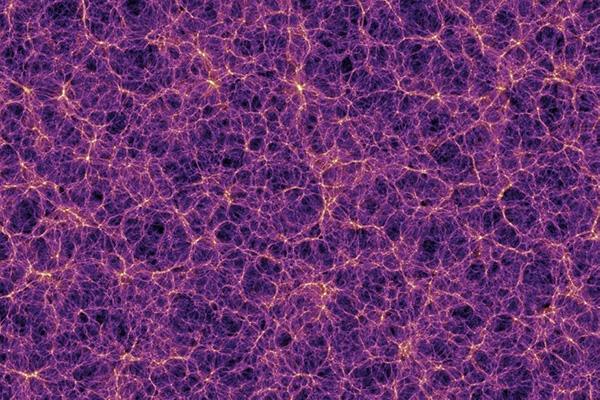
Title: Examining Challenges to LCDM Model Near and Far: from Nearby Dwarf Galaxies to UV Bright Galaxies at z>5
Abstract:
I will present a galaxy formation model within the Lambda Cold Dark Matter (LCDM) framework that is calibrated on the results of galaxy formation simulations and some of the empirical properties of nearby dwarf galaxies. I will then use the model to interpret a number of ostensible challenges to the LCDM framework, such as the "too-big-too-fail problem", "central density problem" and the Milky Way "plane of satellites" problem. I will show that none of these pose a serious challenge to LCDM because the corresponding observations can be explained within the standard galaxy formation modeling framework. I will also show that the same galaxy formation model can explain the abundance of UV-bright galaxies at z=5-16 measured by the Hubble Space Telescope and James Webb Space Telescope, if the burstiness of star formation in galaxies at the level measured in high-resolution simulations increases towards early epochs.
